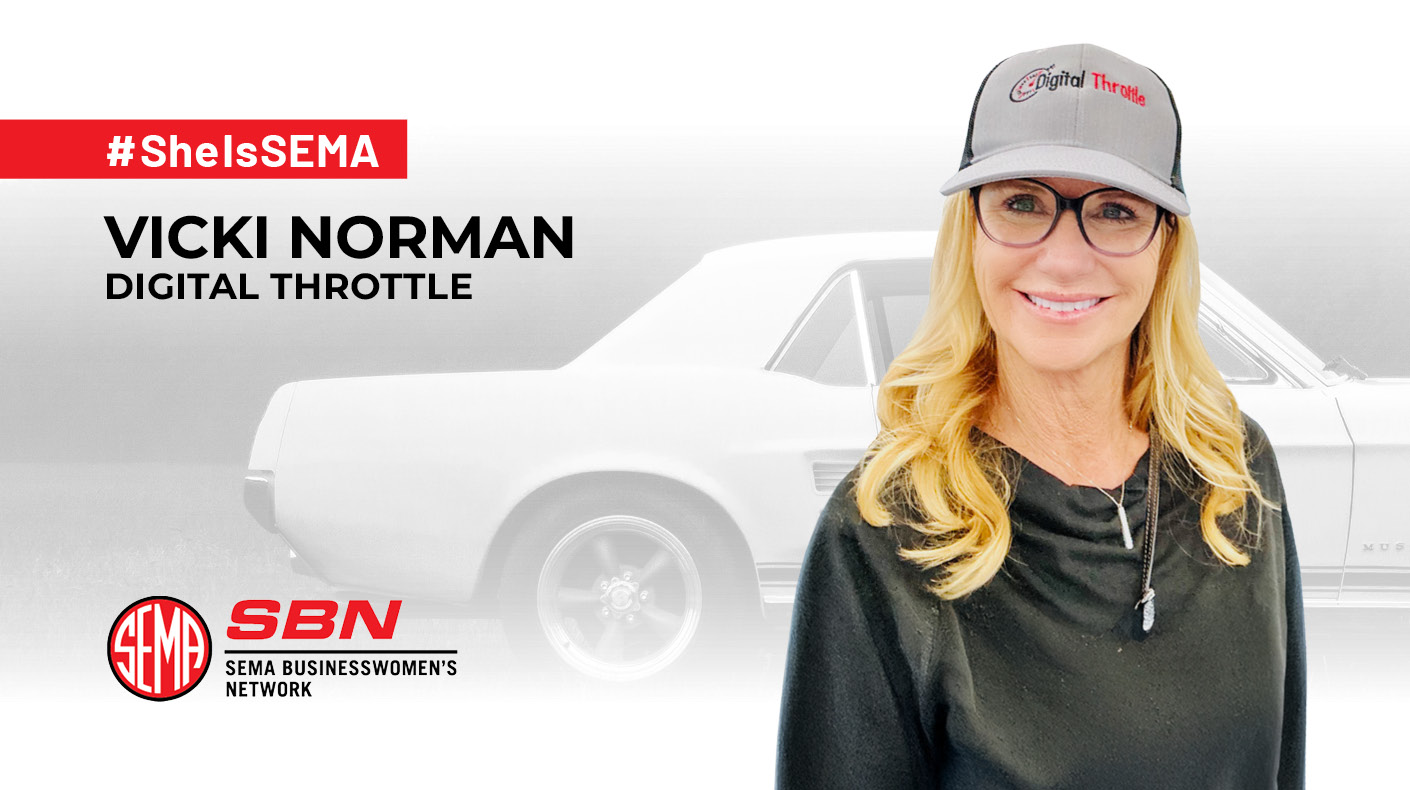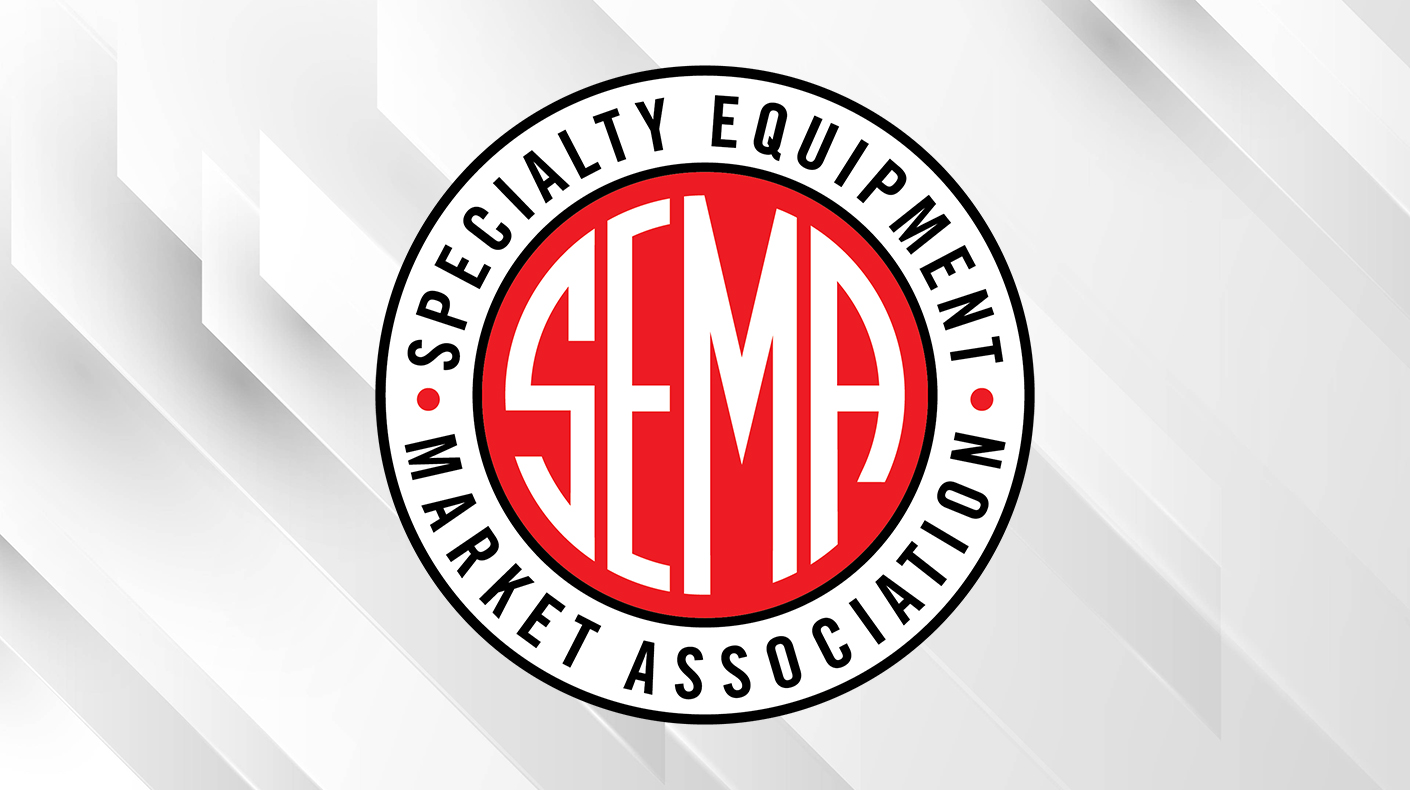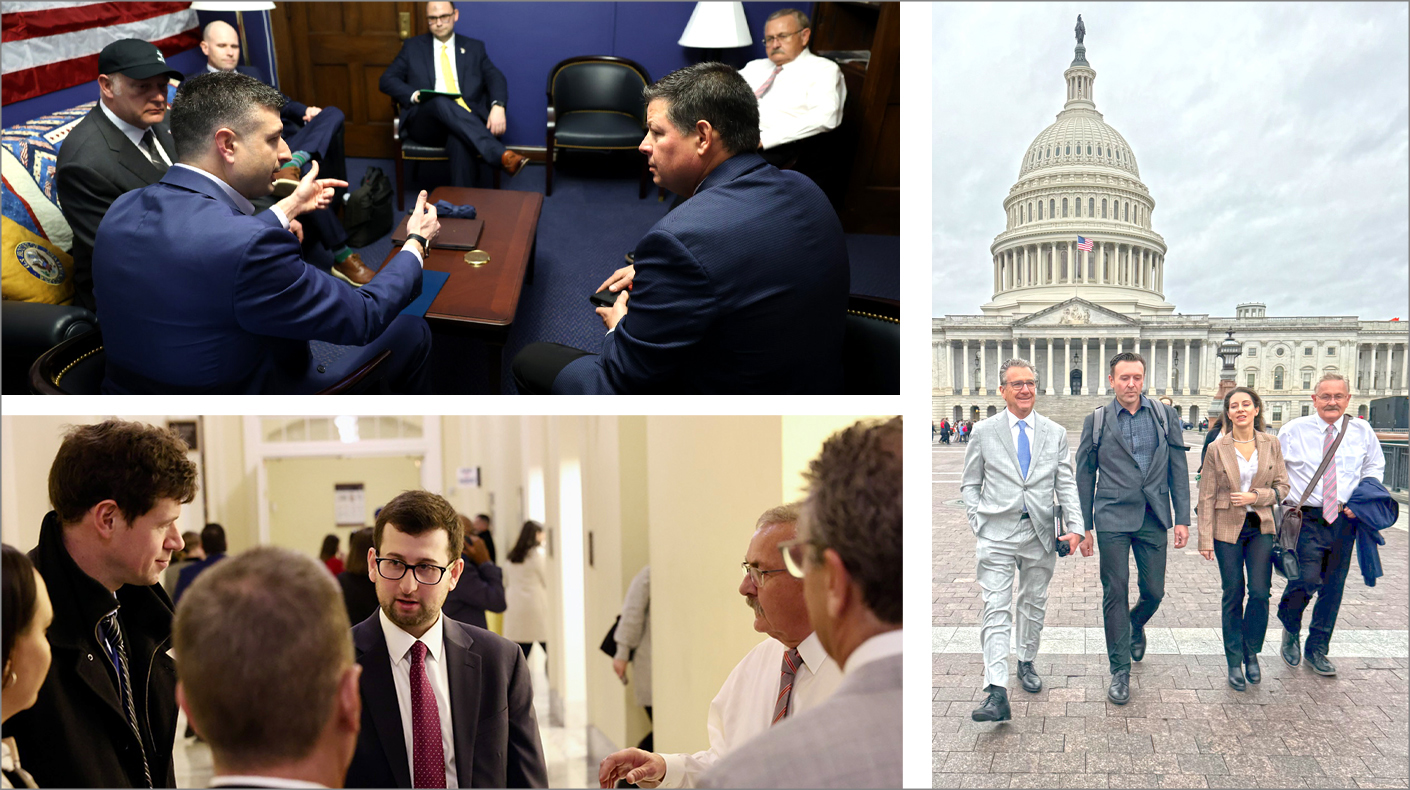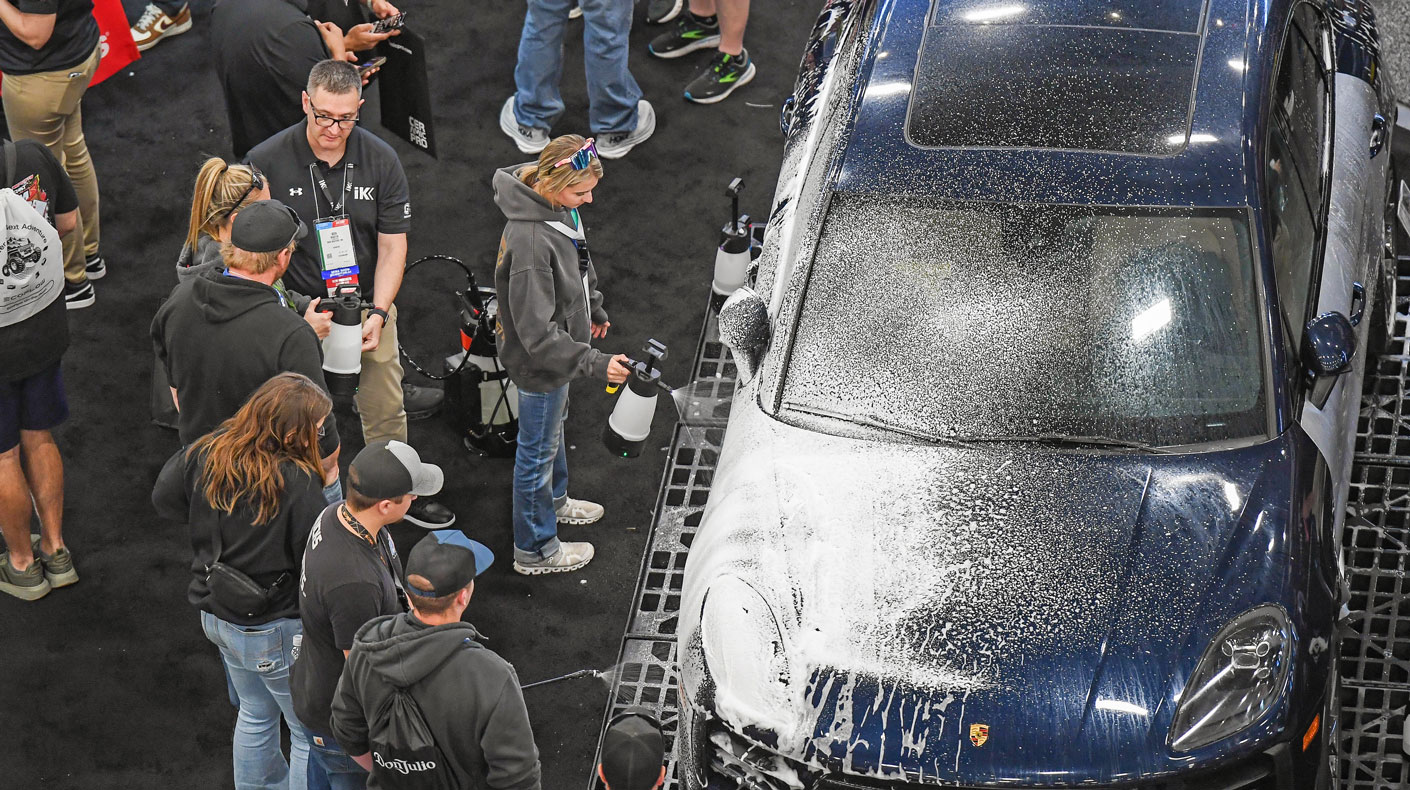By Ashley Reyes

The SEMA Businesswomen's Network (SBN) has named Vicki Norman, outdoor and aftermarket director at Digital Throttle, as the network's newest #SheIsSEMA spotlight member.
Get to know Norman in her interview with SEMA News below.
SEMA News: How many years have you been with your current company and what do you enjoy most about working there?
Vicki Norman: I've been with Digital Throttle for 12 years, and the most rewarding part of my role is working closely with companies to understand their pain points and identify opportunities to drive meaningful results. Every partnership comes with its own unique challenges, and I love that the core of Digital Throttle's business is finding solutions at every level to help our clients succeed.
SN: What is the most challenging part of running your business or job?
VN: Knowing when to throttle back is the most challenging part of my job. I'm passionate about what I do and fully immersed in the performance industry--living, breathing, working and playing in it. Because of that, work naturally blends into my everyday life, but since I love both the industry and my role, it never truly feels like work.
SN: How many years have you been in the industry and what was your first industry job?
VN: I started my first job in 1994, right out of college, determined to break into the industry. Powerboat Magazine and Nordskog Competition Center weren't hiring at the time, but they appreciated my persistence and offered me a role that allowed me to learn every aspect of the business. I split my time between working on engines in the competition center, assisting editorial and advertising teams and pitching in wherever I was needed--including trailering boats, cleaning them and wrenching on gauges. It was a hands-on start that shaped my deep understanding of the industry from the ground up.
SN: What are three qualities that got you to where you are today?
VN: Resilience, adaptability and innovation. From breaking gender barriers as the first female publisher in boating media to navigating the shift from print to digital, I've always embraced change with determination and adaptability. Whether it's launching new publications or pioneering digital marketing strategies, I thrive on innovation and finding new ways to push industries forward.
SN: Being a woman in the industry, what have been your biggest challenges and accomplishments?
VN: One of my biggest challenges has been being taken seriously in a traditionally male-dominated industry. In the high-performance boating world, there were times when I was the only person on staff who actually owned a boat, worked on my own boat, raced and skied competitively--yet people still gravitated toward the men, assuming they must know more.
Rather than demanding recognition, I let my actions speak for themselves. I showed up, put in the work and proved my expertise through results. It took extra effort to earn respect, but the approach made an impact. Even today, I hear stories from colleagues about moments that stood out to them--ones that make me chuckle because, at the time, I was just doing what I loved and proving I belonged.
SN: Who are your role models or mentors in the industry?
VN: I've been fortunate to have mentors who believed in me, challenged me, and set the standard for leadership with integrity.
Bryan Robb gave me the opportunity to transition from print to digital, inviting me to join Digital Throttle despite my lack of experience in online media 12 years ago. His patience, willingness to teach and unwavering integrity make him an exceptional leader. He always does the right thing, prioritizing people over profit and exemplifies a healthy work-life balance.
Jerry Nordskog was one of my earliest supporters, giving me every opportunity to prove myself and ultimately grooming me to run his business. He led with kindness and professionalism, treating everyone with respect and demonstrating success without being cutthroat.
Warren Kosikov has been my boss, mentor and friend for more than 30 years. A straight shooter who never let me make excuses; he guided me with a common-sense approach to business and life that I've always admired.
Each of these men played a key role in shaping my career, not just by providing opportunities but by leading with integrity and respect. I'm grateful for their impact on both my professional and personal growth.
SN: What is the best career advice you have received?
VN: Never be intimidated by the person you're training to take over your role--having a successor in place is essential for growth and advancement.
SN: Have you always wanted to work in the automotive industry? What keeps you here?
VN: Growing up around my family's cars and boats was something I always loved. I knew early on that passion mattered more to me than a big paycheck, so I chose an industry I loved. If I had to talk about healthcare or gardening instead of horsepower and engines every day, I'd go crazy!
SN: Who was the most influential person on your career/goals?
VN: Is it too cliché to say my mom? No matter what, she has always encouraged and supported me. Even though we're very different—she'd never get on a motorcycle or, heaven forbid, exceed 100 mph—she always pushed me to go for it. She truly believed in the saying, do what you love, and you'll never work a day in your life.
Fill out a #SheIsSEMA spotlight form to submit a self-nomination or nominate a colleague and highlight how you or she is contributing to the specialty-equipment industry. Selected candidates are automatically eligible to be considered for SBN's #SheIsSEMA Woman of the Year award, featured on SBN's social media, SEMA News and recognized on the sema.org/she-is-sema website.







